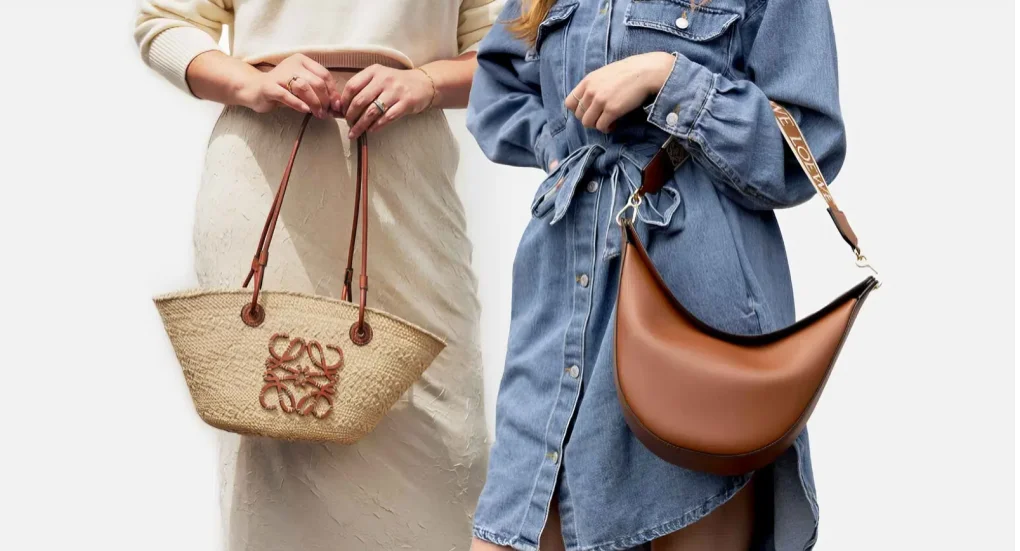In today’s crowded high-end fashion scene, no logo luxury brands are quietly rewriting the rules of exclusivity. Instead of splashing giant monograms or flashy labels, these brands rely on exceptional craftsmanship, timeless design, and a strong heritage to build their reputation.
This approach appeals to affluent consumers who value subtlety over status symbols. As we explore the most successful no logo luxury brands, you’ll discover why their understated style has become the ultimate marker of true luxury.
Why No Logo Luxury Brands Are Thriving
The global luxury market is evolving. Shoppers are becoming more discerning, preferring pieces that speak to their identity rather than simply displaying a logo. As a result, no logo luxury brands offer:
-
Authenticity and heritage instead of mass marketing.
-
Timeless aesthetics that outlast seasonal trends.
Moreover, the rise of “quiet luxury” and minimalist fashion has amplified this movement. In an age where sustainability and long-term value are crucial, understated design has become more desirable than conspicuous consumption.
The Hallmarks of a No Logo Luxury Brand
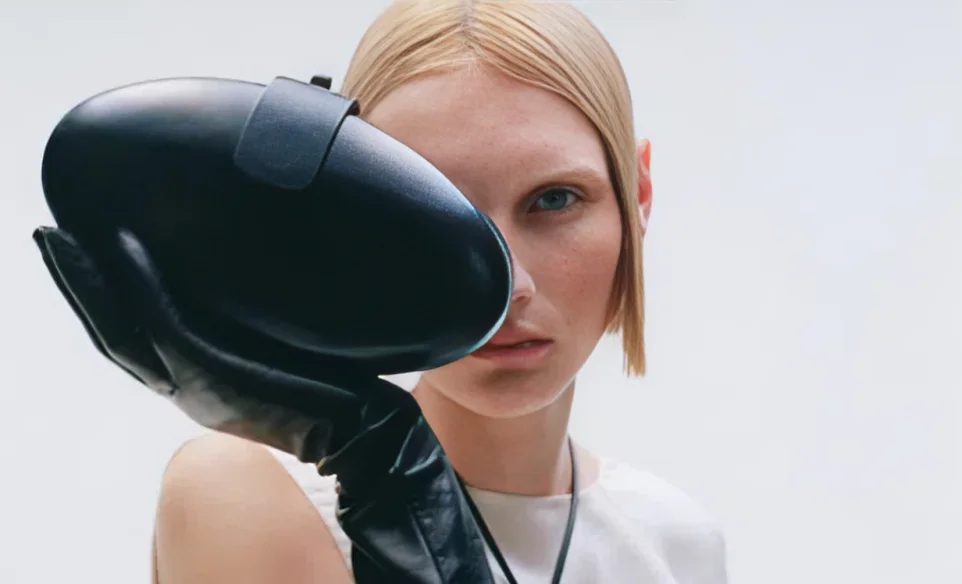
Before naming the top players, it’s essential to understand the defining traits of no logo luxury brands. These characteristics explain why these labels stand apart from mainstream luxury houses and why their appeal continues to grow worldwide.
Subtle or No External Branding
Unlike traditional luxury labels that prominently display monograms or oversized emblems, no logo luxury brands practice extreme discretion. Their logos are hidden, minimized, or eliminated altogether.
As a result, the design itself becomes the identifier, allowing connoisseurs to recognize the brand through texture, silhouette, or craftsmanship rather than an overt stamp. This shift signals sophistication and exclusivity.
Exceptional Craftsmanship
Equally important, these brands prioritize extraordinary craftsmanship. Premium materials, innovative construction techniques, and artisanal finishing speak louder than any label. From hand-stitched leather to rare natural fibers, every detail reflects dedication to quality. Therefore, the product becomes its own advertisement, reinforcing the brand’s prestige without needing a visible logo.
Timelessness and Longevity
Furthermore, no logo luxury brands design collections built to endure. Instead of chasing seasonal hype, they focus on timeless cuts, muted palettes, and classic shapes that remain relevant for decades. This approach appeals to modern consumers who prefer investment pieces and value sustainability over throwaway fashion.
Exclusive Distribution
Another hallmark is selective availability. These brands deliberately restrict production and control distribution channels to maintain rarity. Limited-run items and invitation-only shopping experiences add to their allure. Consequently, owning a piece feels special, not mass-marketed.
From Logos to Discretion: A Signal of Sophistication
Transitioning from logo-heavy products to discreet, understated pieces signals a move toward refined taste. Collectively, these hallmarks reflect a powerful shift in luxury culture—away from conspicuous branding and toward subtlety, authenticity, and enduring value.
The Most Successful No Logo Luxury Brands
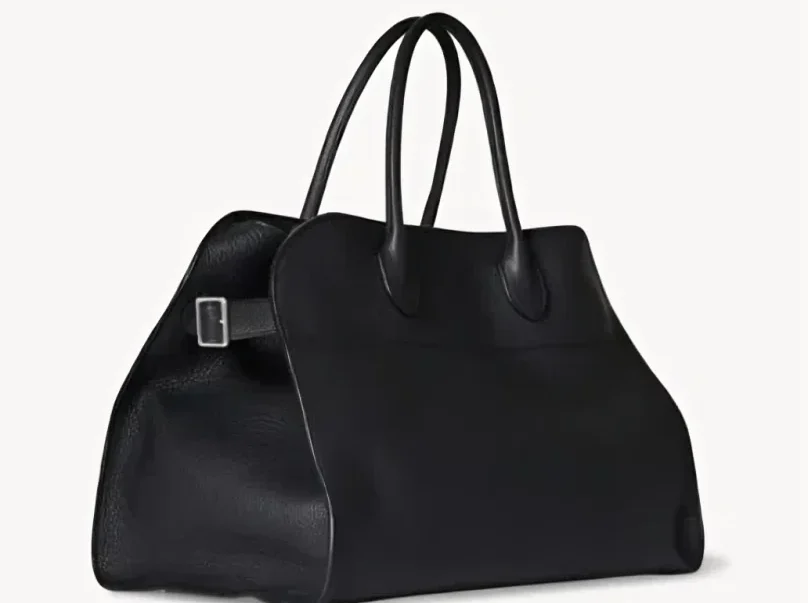
Below are some of the most influential and commercially successful brands leading the no-logo luxury movement. Each of them exemplifies quiet sophistication and craftsmanship.
1. Bottega Veneta
Once known for its “When your own initials are enough” slogan, Bottega Veneta has championed understated luxury for decades.
-
Signature: Intrecciato woven leather, not logos.
-
Why It Works: Customers recognize the weave instantly; it’s an identity built on design rather than a logo.
Today, the brand is enjoying a renaissance under creative direction that emphasizes innovation while staying true to its DNA.
2. The Row
Founded by Mary-Kate and Ashley Olsen, The Row has quickly become synonymous with minimalist perfection.
-
Signature: Impeccably tailored silhouettes in luxurious fabrics.
-
Why It Works: The brand avoids overt branding and instead lets quality and fit do the talking.
Transitioning from celebrity designers to serious couturiers, The Row shows how quiet luxury resonates with affluent professionals worldwide.
3. Loro Piana
Italian label Loro Piana has built an empire around cashmere, vicuña, and other ultra-rare fabrics.
-
Signature: Subtle monogram hidden inside garments, not outside.
-
Why It Works: Known as the “cashmere king,” its exclusivity comes from sourcing the world’s rarest fibers.
This family heritage company embodies the understated elegance of true no logo luxury brands.
4. Cucinelli
Brunello Cucinelli is famous for “humanistic capitalism” and for making cashmere chic.
-
Signature: Soft tailoring and muted colors.
-
Why It Works: The label prioritizes ethical sourcing, timeless design, and community values over flashy marketing.
As a result, Cucinelli has become a favorite among executives who appreciate discreet elegance.
5. Hermès (Core Leather Goods)
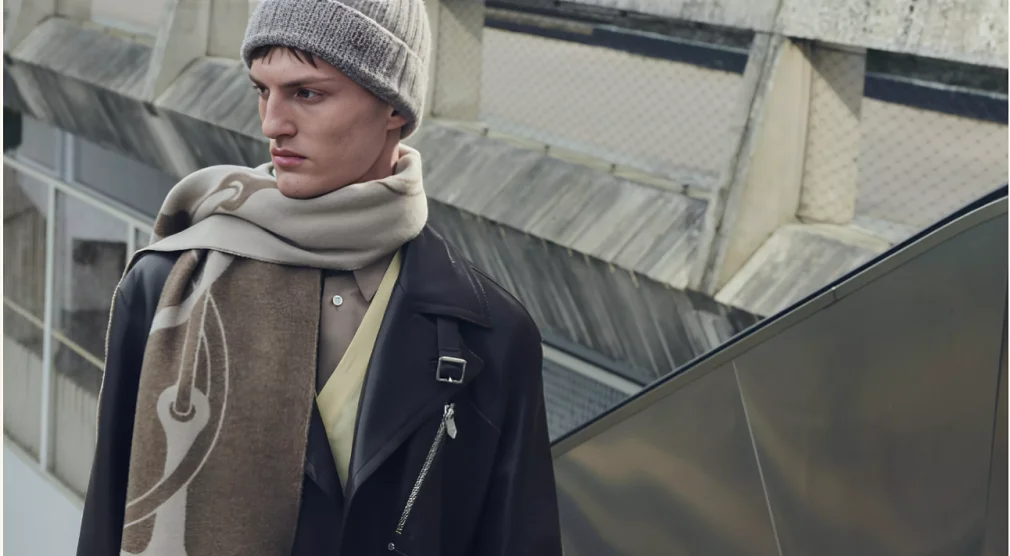
Although Hermès is globally known, much of its leather goods line—such as the Birkin or Kelly bag—does not prominently display logos.
-
Signature: Iconic craftsmanship, identifiable by silhouette rather than branding.
-
Why It Works: Scarcity and artisanal skill create demand far beyond what logos could achieve.
Transitioning from an equestrian saddlery to a fashion powerhouse, Hermès illustrates how heritage can outshine overt branding.
6. Jil Sander
Known as the “Queen of Less,” Jil Sander has consistently delivered minimalist luxury.
-
Signature: Clean lines, muted palettes, and discreet labels.
-
Why It Works: The brand’s identity is in its architectural shapes and materials, appealing to purists of modern luxury.
This German label is a pioneer of quiet luxury decades before it became a buzzword.
7. Maison Margiela (Artisanal Line)
Although some Margiela pieces feature visible branding, the Artisanal line embodies anonymity.
-
Signature: Four white stitches instead of a logo.
-
Why It Works: This subtle signature allows insiders to recognize the brand without broadcasting it.
Margiela attracts a cult following of avant-garde consumers who appreciate conceptual fashion.
How Consumers Recognize No Logo Luxury
Even without visible logos, these brands remain highly recognizable. Consumers identify them through:
-
Distinctive silhouettes (Birkin bag, Bottega weave).
-
Exceptional materials (Loro Piana cashmere).
-
Signature details (Margiela stitches).
This visual language creates an insider community where recognition is based on taste and expertise, not overt branding.
The Future of No Logo Luxury Brands
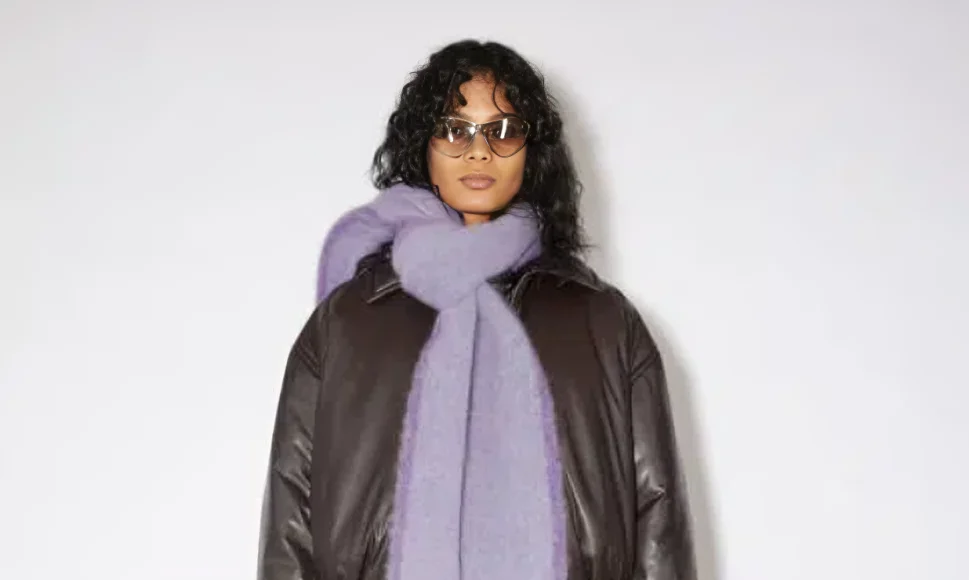
With the rise of conscious consumerism and minimalism, the future looks bright for no logo luxury brands.
-
Transition toward sustainability: Discreet brands often emphasize long-lasting quality, reducing waste.
-
Digital storytelling: Instead of logo-heavy campaigns, they use content marketing and brand heritage stories to build trust.
As luxury becomes more personalized, expect these brands to thrive even further.
FAQs
What defines a no logo luxury brand?
It’s a high-end label that prioritizes craftsmanship, heritage, and design over visible logos. Branding is subtle or entirely absent.
Why are no logo luxury brands so popular now?
Consumers are moving toward discreet luxury, valuing timeless quality and understated style rather than overt displays of wealth.
How can I identify a no logo luxury brand?
Look for unique materials, signature craftsmanship, and distinctive silhouettes instead of monograms or bold labels.
Are no logo luxury brands more sustainable?
Often, yes. Because they focus on quality and longevity, they tend to produce fewer, longer-lasting products.
Which no logo luxury brand is the most exclusive?
While exclusivity varies, brands like Loro Piana and Hermès leather goods are considered among the most exclusive due to rarity of materials and limited availability.
Conclusion: Quiet Luxury Is the New Status Symbol
In an age of oversharing and overbranding, no logo luxury brands represent a refreshing shift toward subtlety and sophistication. By focusing on heritage, craftsmanship, and timeless design, these brands have proven that true luxury doesn’t need a logo to command attention.
For discerning consumers, owning such pieces isn’t about showing off it’s about investing in quality and embracing a lifestyle of understated elegance. As this trend continues, expect no logo luxury brands to remain at the forefront of modern luxury.

